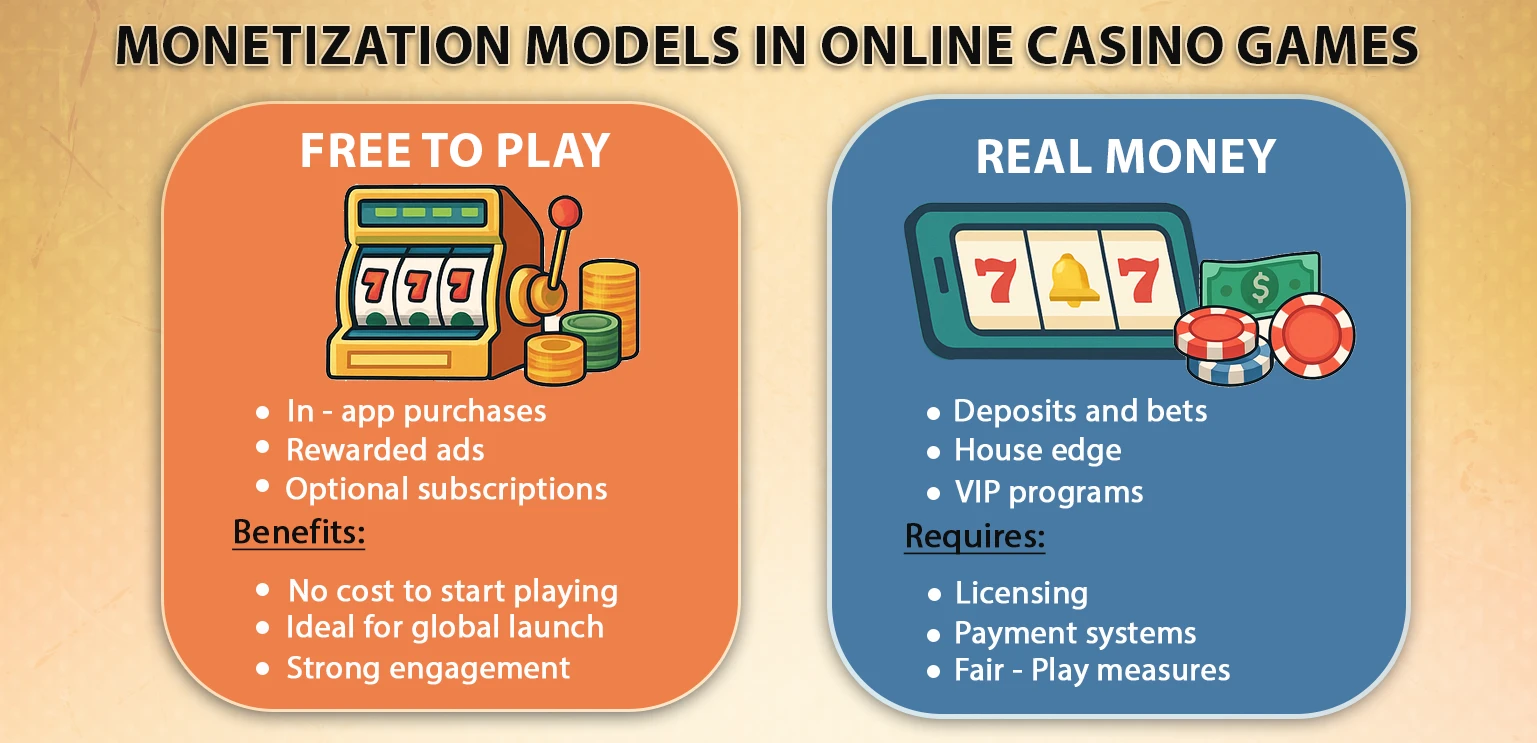Subscription vs One-Time Purchase: Best Model for Games
When creating a successful game or digital product, deciding on the right revenue strategy is crucial. Two popular monetization models are subscription-based models and one-time purchase models. Each has its advantages and challenges, and choosing the best fit depends on your audience, product type, and long-term goals.

In this article, we explore the major differences between subscription models and one-time purchases in gaming and digital services. Our goal is to help developers and businesses make informed decisions when choosing the right monetization strategy.
What is a Subscription Model?
A subscription model charges users a recurring fee—monthly, annually, or even weekly—to access a product or service. This model is widely used in apps, streaming services, and gaming platforms.
Examples in the Gaming Industry:
- Game Pass services like PlayStation Plus & Xbox Game Pass.
- Mobile games offering VIP passes for exclusive perks.
Pros of Subscription Models:
- Recurring Revenue: Provides a steady and predictable income stream.
- Customer Retention: Encourages users to stay engaged with your product over time.
- Opportunities for Continuous Updates: You can offer regular content updates, making the service more valuable.
Cons of Subscription Models:
- High Initial Drop-off Rates: Some users may cancel their subscription early.
- Requires Continuous Value: You need to consistently provide new content to keep subscribers engaged.
What is a One-Time Purchase Model?
In a one-time purchase model, users pay a single upfront cost to access a product or service permanently. This approach is common in premium games and standalone software.
Examples in the Gaming Industry:
- Premium games on platforms like Steam.
- Console games with a one-time purchase price.
Pros of One-Time Purchases:
- Immediate Revenue: You get the full payment upfront, which can boost your cash flow.
- Simple Transaction: Users prefer the simplicity of buying a game once and owning it forever.
- ** No Ongoing Maintenance Required**: After the purchase, there is no obligation to provide continuous updates (though many developers do).
Cons of One-Time Purchases:
- Limited Long-Term Revenue: Once the game is sold, there are fewer opportunities to earn from that user.
- Harder to Build Customer Loyalty: Without ongoing engagement, it’s challenging to keep users connected.
How to Choose the Right Revenue Model?
Choosing between a subscription model and a one-time purchase model depends on several factors, including your game’s genre, target audience, and development goals.
🔹 Consider Your Game Type:
- Subscription models work well for live service games that offer regular updates, such as MMORPGs or mobile games with seasonal events.
- One-time purchases are ideal for story-driven or offline games that don’t require constant updates.
🔹 Know Your Audience:
- Casual players may prefer one-time purchases for simplicity.
- Hardcore or engaged players are more likely to commit to subscriptions if they see ongoing value.
🔹 Revenue Goals:
- If you want a steady, long-term revenue stream, subscriptions are the way to go.
- If you need quick returns to fund future projects, a one-time purchase model may be more appropriate.
🔹 Hybrid Models: The Best of Both Worlds
Many successful games and digital services use a hybrid model that combines both approaches. For example:
- Offering a one-time purchase option for the base game, with optional subscriptions for extra content.
- Providing free-to-play games with in-game purchases and subscriptions for exclusive perks.
Example:
- Fortnite offers a free-to-play experience with Battle Pass subscriptions and one-time cosmetic purchases.
- The Sims 4 provides a base game for a one-time purchase, with optional DLC packs available.
Which Model Works Best for You?
Here are some questions to help you decide:
🔹 How often will you release new content?
- Frequent updates = Subscription Model
- One-off experience = One-Time Purchase
🔹 Who is your target audience?
- Casual gamers = One-Time Purchase
- Hardcore gamers = Subscription Model
🔹 What are your revenue goals?
- Long-term, steady income = Subscription Model
- Short-term, high returns = One-Time Purchase
Conclusion
Choosing the right revenue strategy requires understanding your game, target audience, and long-term business goals. Subscription models and one-time purchases both serve valuable roles in the gaming industry, depending on the player experience desired. Subscriptions work best for fostering long-term engagement and consistent revenue, keeping players involved over extended periods. One-time purchases provide immediate returns and simplicity, making them ideal for straightforward experiences and quick monetization. The right revenue strategy ensures your game reaches players, sustains engagement, and drives profitability for long-term success.
Which is better for my game — a subscription model or a one-time purchase?
It depends: choose a subscription model if you plan frequent updates, live events, or ongoing services; go one-time purchase if your game is a polished, self-contained experience (single-player story, premium puzzle). Match the audience and model to your content rhythm.
How does a subscription model help my revenue?
Subscriptions create steady, predictable income and encourage long-term player loyalty because you deliver ongoing value (new content, perks, or events) that keeps people paying month after month.
Why might gamers prefer buying a game once instead of subscribing?
One-time purchases give quick upfront cash, simple marketing messages (“buy once, own forever”), and lower expectations for constant updates — great for customers who prefer no recurring fees.
What is a hybrid model and why do developers use it?
A hybrid model mixes both — e.g., sell the base game once and offer optional subscriptions, battle passes, or DLC. It balances immediate income with ongoing monetization and lets players pick how much they spend.
How should I decide which model fits my audience?
Ask: Do players expect regular new content? Are they casual or highly engaged? What’s your budget for live ops? Run small tests (beta, pricing trials), check retention and LTV metrics, and pick the model that matches player habits and your ability to deliver value.

 We know it is not a big deal that you have already heard about Unreal Engine, as it is one of the most popular game engines. Over thousands of titles have been developed on Unreal (UE1 to UE5 game engines). Unreal Engine is among the preferred engines and is well-known for game development and 3D content production.
We know it is not a big deal that you have already heard about Unreal Engine, as it is one of the most popular game engines. Over thousands of titles have been developed on Unreal (UE1 to UE5 game engines). Unreal Engine is among the preferred engines and is well-known for game development and 3D content production.





